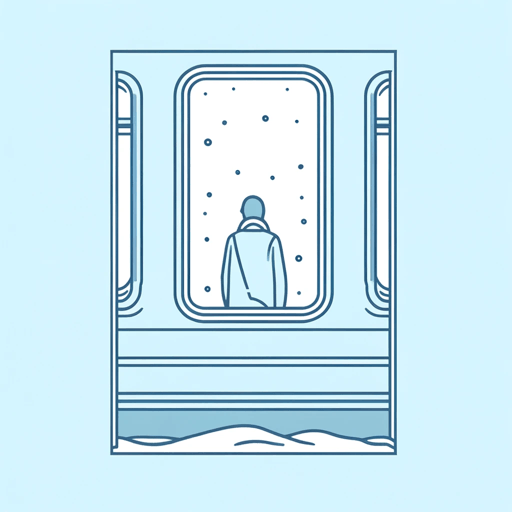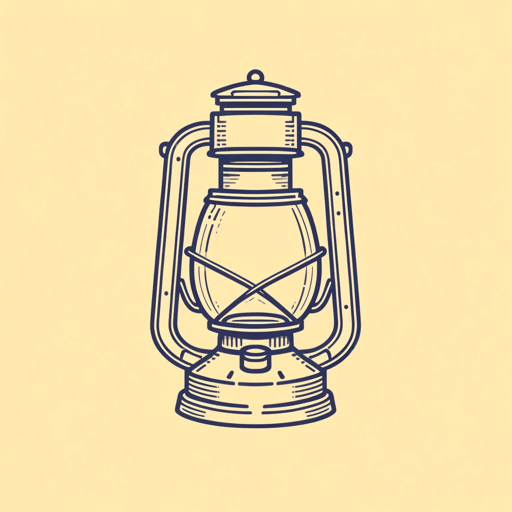37 pages • 1 hour read
Yasunari KawabataSnow Country
Fiction | Novel | Adult | Published in 1937A modern alternative to SparkNotes and CliffsNotes, SuperSummary offers high-quality Study Guides with detailed chapter summaries and analysis of major themes, characters, and more.
Symbols & Motifs
Mirrors
Mirrors and reflections are Snow Country’s most central symbol, as established during the opening scene on the train. Mirrors have a long heritage in the Japanese literary tradition:
The mirror […] has literary-cultural allusions rooted both in Buddhist and in Shinto thought. Legends of the origins of Japan tell of the three Divine Treasures: Mirror, Sword, and Jewel […] The mirror is thus a link with Japan's ancient gods of sun and moon. In addition, according to Shinto belief the mirror is a sacred embodiment of the kami ("spirit" or "god[s]"). It suggests the unstained mind and is "the source of honesty," hiding nothing, according to generations of scholars and priests. (Petersen, 132)
In Snow Country, mirrors draw upon this tradition, symbolizing both truth and illusion at the same time. On the one hand, the idea of the “strange mirror” is one concocted in Shimamura’s daydreaming fantasy world, an embodiment of the self-imposed illusions that crowd his mind. On the other, the “strange mirror” also reveals the truth of his propensity for fantasy. In this way, the mirror symbol has a dual, self-contradictory meaning. Throughout the rest of the story, Shimamura is reminded of the strange mirror he saw on the train and the fantasy world it transported him to.
Related Titles
By Yasunari Kawabata





